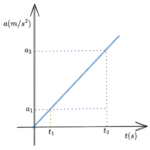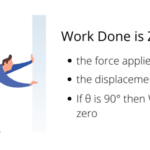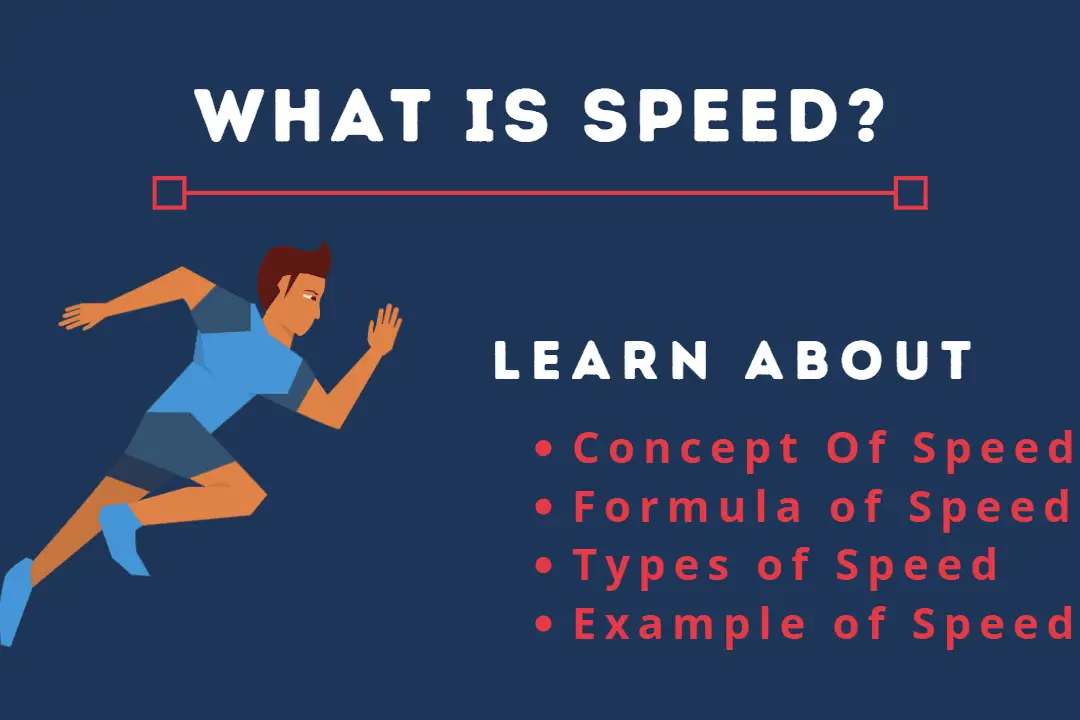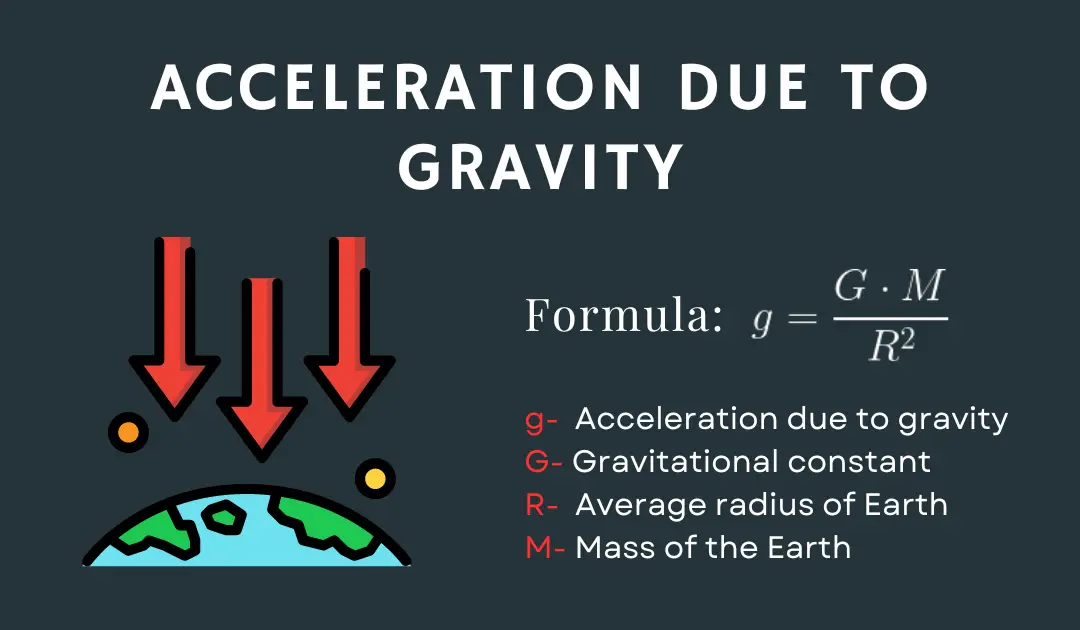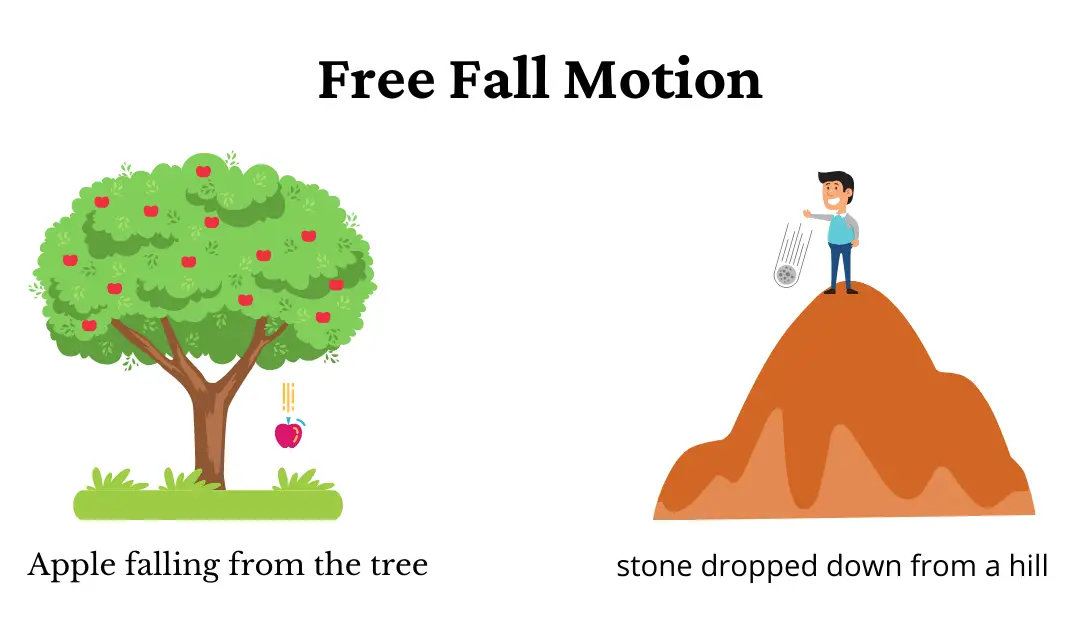Uniform motion is everywhere around you and in nature. You can observe it almost everywhere be it the steady-state motion of automobiles, the periodic motion of the moon around the earth, and there can be many such examples if we look around us.
We already know about the concept of rest and motion in physics. Now the motion of a moving object or body under consideration can either be uniform motion or non-uniform motion.
But what does uniform motion mean? Uniform motion means that there is no variation in speed or direction.
Definition
Uniform motion is a type of motion in which the object under observation travels equal distances during equal intervals of time or it has a constant speed.
See the Difference between speed and velocity
If a car is traveling at a rate of 10 miles per hour for about four hours, that means that it will cover a distance of 10 miles in one hour. The speed remains constant for about four hours and the car is in uniform motion. So, we can say that if an object has a constant speed.
Again if the car travels at a rate of 10 miles per hour in the first hour and then at a rate of 30 miles per hour in the next hour then over the period of these two hours the car would be in non-uniform motion. Here, the car is traveling unequal distances in equal time intervals and it does not have constant speed during the time interval of two hours.
Uniform Motion Examples
- The revolution or orbital motion of the Earth around the Sun.
- Earth’s rotation about its axis
- A man-made satellite orbiting the Earth.
- Walking at a steady speed.
- The hour hand of the clock
- A car traveling at a constant speed along a straight, flat route.
- A sewing machine’s vibrating spring.
- A ship moving at a constant pace on a straight route.
- A train moving at a constant speed along the tracks.
- The blades of a ceiling fan move.
- A vibrating spring is used in a swing machine.
- Pendulum with equal amplitude on both sides
- Raindrops fall at a constant rate as buoyant forces balance ‘g.’
- The use of cruise control in automobiles.
- A body that is free-falling under the force of gravity and has achieved terminal velocity.
These are a few examples of objects that move in a uniform motion. Some of these examples are related to our day to day life and activities. Let’s take a closer look at some of the instances to have a better understanding of the topic.
Earth’s rotation about its axis
Because Earth rotates uniformly around its axis, its speed does not move up or down. It moves from west to east at a constant speed of 1,000 mph (1,610 km/h). The planet Earth completes one rotation in 23 hours and 56 minutes (which corresponds to 24 hours per day). We do not have a longer or shorter day because this motion is uniform.
The orbital motion of the Earth around the Sun
The Earth travels in an elliptical orbit around the sun. It travels at roughly 67,000 miles per hour (or 18.5 miles a second), on this path. It takes our planet Earth 365 days and 5 hours 59 minutes and 16 seconds to complete one complete rotation around the Sun.
This speed of the earth’s orbital motion always remains constant. As a result, the Earth travels the same distances in the same amount of time. It does not happen that the Earth revolves around the sun in 400 days one time and then in 365 days the next time around. Here the earth covers equal distance in equal intervals of time.

The motion of artificial satellites around Earth
Similar to the Earth’s yearly orbit around the Sun, this is an illustration of uniform motion in action. Fixed orbits hold the artificial satellite in place as it travels around the planet. The process is uniform, which means that the artificial satellite will take a certain amount of time to bring about a complete revolution.
The hour hand of the clock
A clock’s hands travel a specified distance at specified intervals of time. The motion of the clock hand (hour, minute, or second hand) is also periodic and circular. Speed of hour hand of the clock is $\frac{\pi}{360}\, per \, minute$ (visit this link for calculation) and this speed remains constant for us to get the correct time. You can easily convert this speed from per minute to per hour.
Thus we can say that the hour hand of the clock goes at a uniform speed, covering a certain distance in an hour. That is, when the hour hand moves one unit, we say that an hour has gone. For example, when the hour hand moves from 3 to 5 it has moved two units and two hours have passed. This is one example of uniform motion that we observe in our daily life.
The orbital motion of moon
Monn is a natural satellite of our planet Earth. The Moon travels at a speed of 2,288 miles per hour around the Earth (which is 3,683 kilometers per hour). It covers a distance of 1,423,000 miles (2,290,000 kilometers) during a period of 27.32 days. This is more or less a case of motion with uniform speed.
It is important to note here that all these cases of orbital motion and rotation of the earth around its axis are cases that approximately have uniform speed. These motions do not have uniform velocity. These motions are accelerated because the velocity of the earth or moon is constantly changing which in turn causes a change in acceleration.
The blades of a ceiling fan move
I am sure you’ve seen the blades of a ceiling fan. They rotate at a constant speed. They do not change their speed unless they are made to do so by a regulator. The blades cover the same distance at specified intervals, illustrating that uniform motion is being exhibited here as well.
The motion of objects with steady speed
Some of the classic examples of this type of motion includes
- An airplane that is flying at a constant altitude and at a constant speed.
- It is an automobile traveling down a straight, level road at a constant speed.
- A ship that is moving in a straight line at a constant pace.
- A train that is moving along the tracks at a steady speed.
These motions are uniform as long as they do not deviate from their uniform speed. For example, certain circumstances, such as turbulence, turning, landing, and so on, might create a fluctuation in speed that is not uniform throughout the flight.
Similarly in the case of the train at the beginning and end of the journey when the train starts and stops its motion would be non-uniform but if it begins to move with steady speed its motion would be in uniform motion.
Is uniformly accelerated motion a uniform motion
No there is a difference between both these types of motions.
When an object travels an equal distance in the same amount of time, this is referred to as uniform motion. In uniform motion, there is no variation in the speed of the traveling body.
When a moving object travels the same path with uniform acceleration, this indicates that the object’s velocity is changing uniformly. In this case, the moving object will not travel the same distance in the same timeframe.
This basically explains the difference between uniform motion and uniform acceleration motion.


